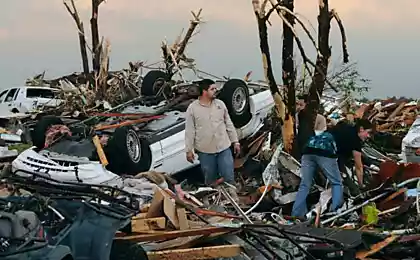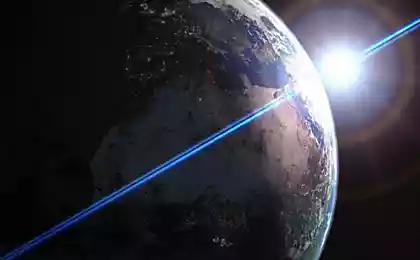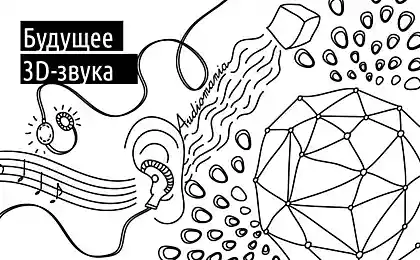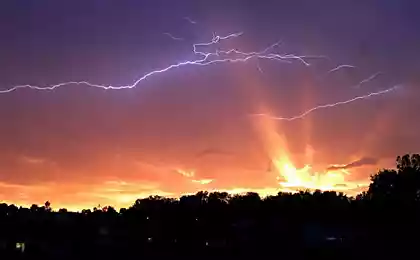193
Why does a tornado form?
Tornadoes, even if they are small, are the most powerful hurricanes in nature. Turning and writhing like snakes, they crawl out of the clouds and, coming down to the ground, cause enormous devastation, destroying the house, throwing cars like balls and ripping trees with their crowns. Those who survived the meeting with the tornado, say that at the scene of the incident found straws driven into the trunks of trees like nails. The sound of an approaching tornado is like the rumble of a giant length of commodity.

Usually, tornadoes begin as follows: on the horizon, a sinister groovy cloud appears, flooding the entire surrounding area with an unusual, ghostly green light, a stuffy moist knowledge grows, breathing becomes difficult. A slight wind rises at first, the rain begins to drizzle. And suddenly the temperature drops sharply by 15 degrees Celsius.

In the process of the emergence of the funnel, the centripetal force acting on the rotating air must somehow be compensated so that the tornado column does not grow endlessly. Therefore, as the axis of the tornado is always a rod from the area of discharged air. And this discharge is so great that when a tornado passes over buildings, the strands, literally, explode from the inside due to the pressure difference. It is this fact that prevents conducting full-fledged studies of tornadoes, since any equipment falls into disrepair faster than it manages to transfer data to scientists.

The last stage of the tornado’s existence is its destruction. As the tornado works to destroy houses, trees and other elements of the environment, its energy is gradually wasted and the funnel narrows, breaking off the ground and reconnecting with the mother cloud.
Source: /users/155























